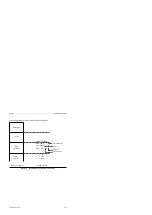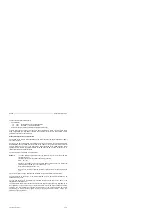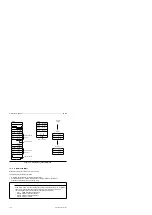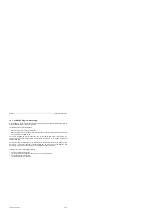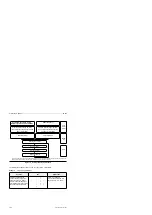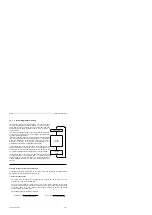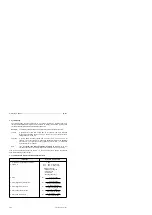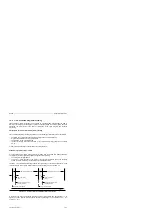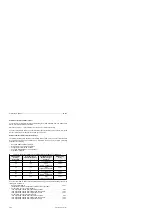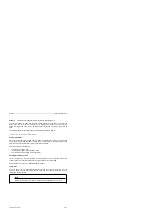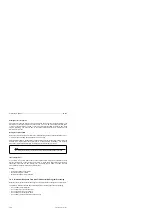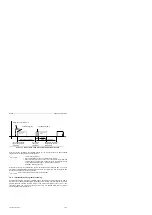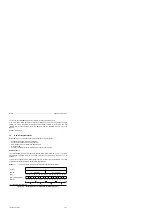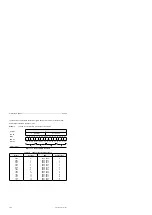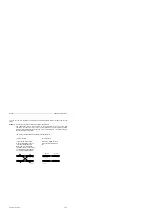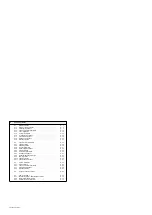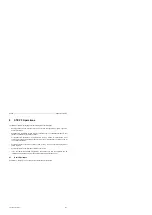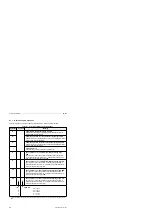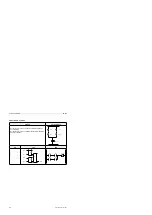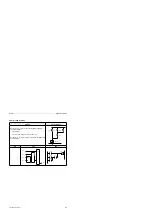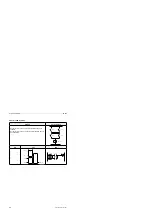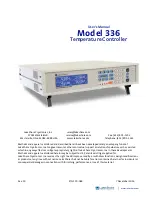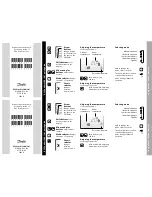
S5-95F
Introduction to STEP 5
Example:
Calculation of the additional OB13 delay through failsafe SINEC L1
You have two SINEC L1 LANs with send and receive functions on both LANs. On LAN A, the
longest frame sent is smaller than 20 bytes and the longest frame received is max. 40 bytes. On
LAN B, the longest frame sent is max. 40 bytes and the longest frame received is larger than 40
bytes.
The following applies for the additional OB13 delay through the failsafe SINEC L1:
t = 20 ms + (5 + 10) ms + (10 + 15) ms = 60 ms
Interrupt Possiblities
OB13 can interrupt the cyclic program after any STEP 5 statement. OB13 itself can be interrupted
by process interrupts (OB2 and OB3). If OB13 has been interrupted for interrupt processing, the
time-controlled program processing in OB13 is terminated afterwards.
OB13 can
not interrupt the following:
•
Processing of the data cycles
•
Interrupt-driven program processing (OB2, OB3)
•
Current time-controlled program processing (OB13).
Disabling/Enabling the Call-Up
Use the IA command in the control program to disable the OB13 call-up and the RA command to
enable it. A call-up request can be stored during a call-up disable. The default is RA.
Please refer also to section 8.2.8 "Disabling/Enabling Interrupt".
Saving Data
If you use flags in the time-controlled program that you also use in the cyclic program, then you
must save these in a data block during time OB processing. After time OB processing you must
restore them into the flag area.
Note
When processing OB13, you may not exceed the block nesting depth of 16 levels.
EWA 4NEB 812 6210-02
7-27

